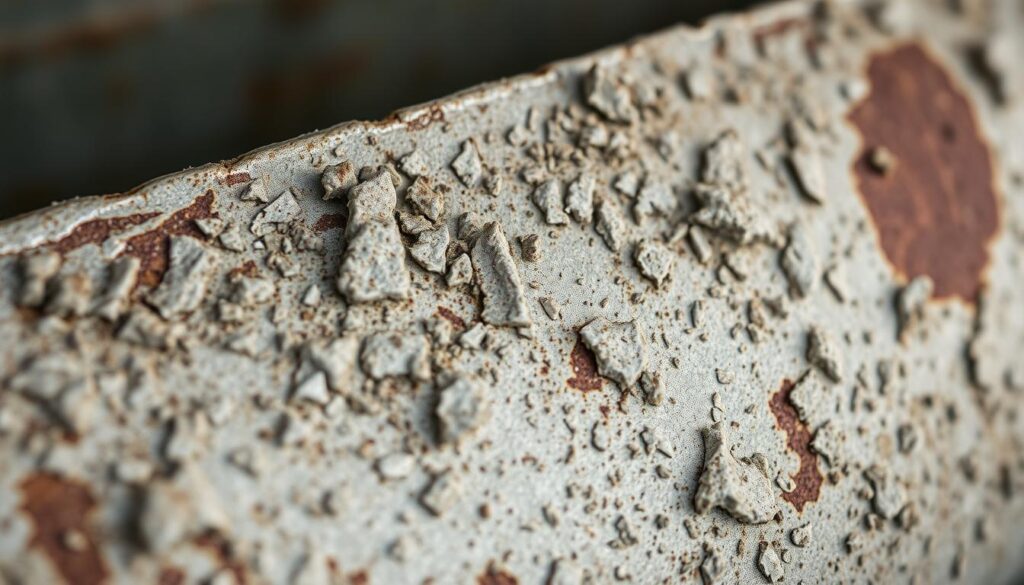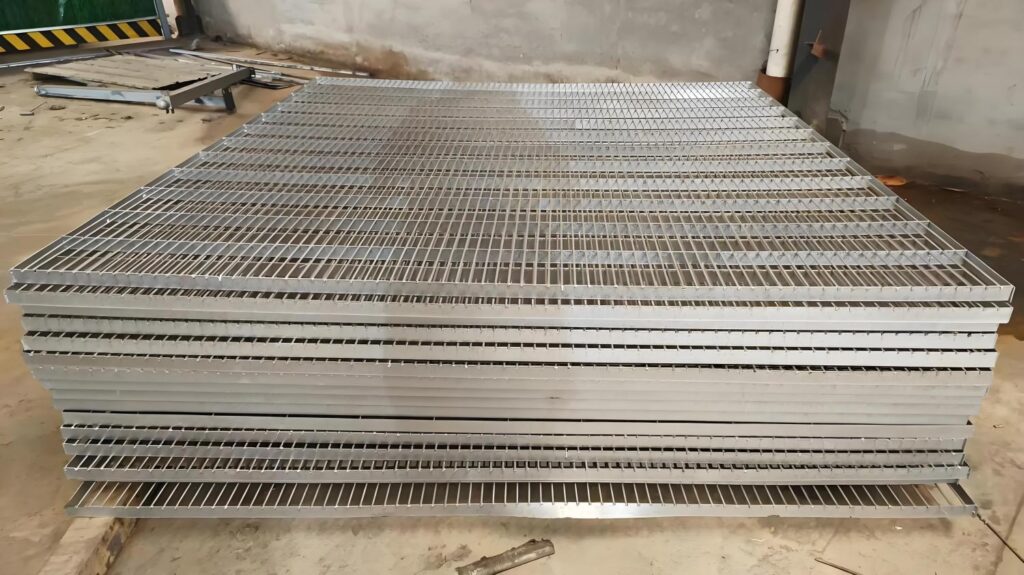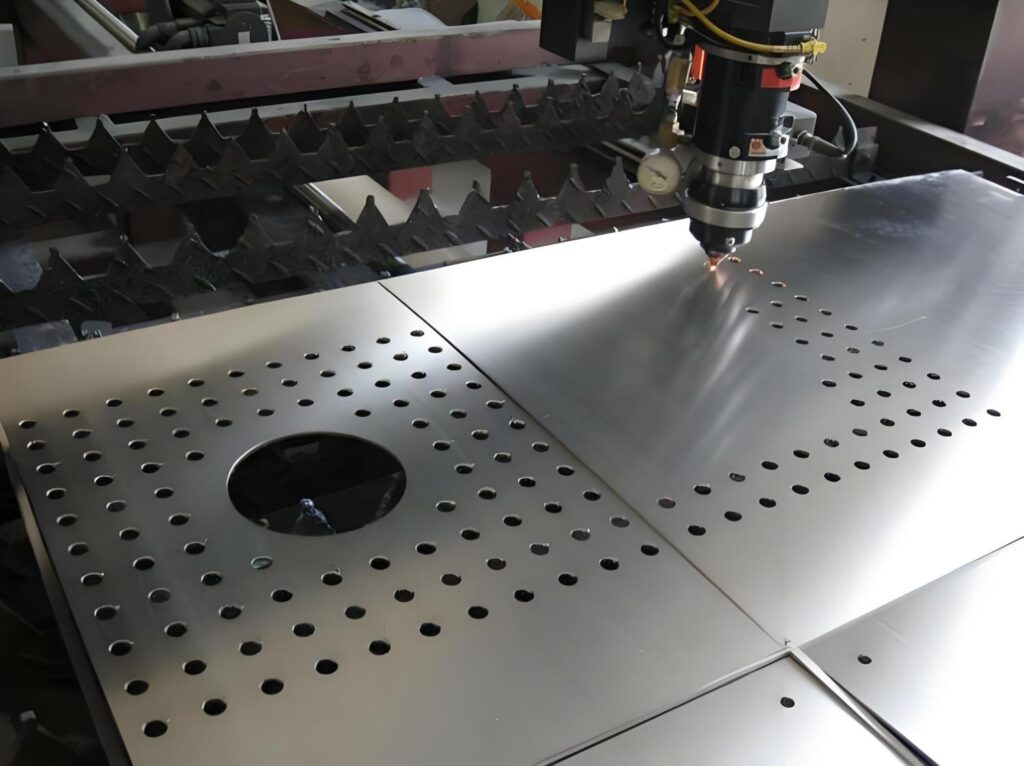When it comes to durable, cost-effective materials for machining and manufacturing, galvanized steel stands out as a popular choice. At Precionn, a leader in the precision machining industry, we understand the importance of selecting materials that balance performance and longevity. Galvanized steel, with its zinc coating, is often praised for its rust-resistant properties, but a common question arises: Does galvanized steel rust? This blog dives deep into the science behind galvanized steel, its durability, common challenges, and maintenance tips to help you make informed decisions for your projects.

Will Galvanized Steel Rust?
The question “Does galvanized steel rust?” is one that many professionals and DIY enthusiasts ask. The short answer is: not easily, but it’s not entirely immune. Galvanized steel is designed to resist rust through its zinc coating, which acts as a shield against corrosive elements. However, under certain conditions, rust can still occur, particularly if the zinc layer is compromised.
The zinc coating corrodes at a much slower rate than steel, often lasting decades before any significant degradation. When the zinc layer is intact, it prevents moisture and oxygen from reaching the steel, effectively halting rust formation. However, if the coating is scratched, worn, or exposed to harsh environments, the steel beneath may begin to corrode.
How Long Does Galvanized Steel Last?
The lifespan of galvanized steel depends on several factors, including the thickness of the zinc coating, environmental conditions, and maintenance practices. On average, galvanized steel can last anywhere from 20 to 50 years in typical outdoor environments, with some applications enduring even longer in ideal conditions.
Factors Affecting Longevity
- Zinc Coating Thickness: Thicker coatings provide longer protection. Hot-dip galvanizing typically offers a more substantial coating than electro-galvanizing.
- Environmental Conditions: Coastal areas with high salinity or industrial zones with acidic pollutants can accelerate zinc corrosion.
- Maintenance: Regular inspections and timely repairs can extend the life of galvanized steel components.
For instance, galvanized steel used in rural settings may outlast similar materials in urban or coastal environments due to lower exposure to corrosive elements. At Precionn, we recommend assessing the intended application environment before selecting galvanized steel for machining projects to ensure optimal performance.
Common Causes of Rust in Galvanized Steel
While galvanized steel is highly resistant to rust, certain conditions can compromise its protective coating, leading to corrosion. Understanding these causes can help you take proactive steps to maintain your materials.
Exposure to Harsh Environments
Environments with high humidity, saltwater, or industrial pollutants can accelerate the corrosion of the zinc coating. For example, galvanized steel near the ocean may experience “white rust” (zinc oxide) before the steel itself corrodes.
Physical Damage
Scratches, dents, or abrasions can expose the underlying steel, creating entry points for moisture and oxygen. Heavy impacts or improper handling during machining can weaken the zinc layer, making rust more likely.
Prolonged Moisture Exposure
Continuous exposure to water, especially in areas with poor drainage, can erode the zinc coating over time. This is particularly common in applications like roofing or outdoor furniture, where water may pool.
Chemical Reactions
Acidic substances, such as those found in industrial runoff or certain cleaning agents, can degrade the zinc coating. Avoiding contact with incompatible materials, like copper or untreated wood, is also critical, as these can trigger galvanic corrosion.
How to Prevent Rust on Galvanized Steel

Preventing rust on galvanized steel requires a combination of proper material selection, regular maintenance, and environmental considerations. Here are some practical tips to maximize the lifespan of your galvanized steel components.
Choose the Right Coating
Select galvanized steel with an appropriate zinc coating thickness for your application. For heavy-duty outdoor use, opt for hot-dip galvanized steel, which offers superior protection compared to thinner electro-galvanized coatings.
Regular Inspections
Periodically inspect galvanized steel surfaces for signs of wear, such as scratches or white rust. Early detection allows for timely repairs, such as applying zinc-rich paint to damaged areas.
Proper Storage and Handling
Store galvanized steel in dry, well-ventilated areas to prevent moisture buildup. During machining or installation, handle components carefully to avoid damaging the zinc coating.
Protective Coatings
Applying additional protective coatings, such as sealants or paints, can enhance rust resistance, especially in harsh environments. Ensure any coating is compatible with zinc to avoid chemical reactions.
Control Environmental Exposure
Where possible, minimize exposure to corrosive elements. For example, install drainage systems to prevent water pooling, or use barriers to shield galvanized steel from saltwater spray.
It Has Rusted Already. How to Clean Galvanized Steel?
If rust appears on galvanized steel, it’s often a sign that the zinc coating has worn away, exposing the steel beneath. Cleaning and restoring galvanized steel requires careful steps to avoid further damage while addressing corrosion.
Step-by-Step Cleaning Process
- Assess the Damage: Determine the extent of rust. Light surface rust may be manageable, but extensive corrosion may require professional intervention or replacement.
- Clean the Surface: Use a mild detergent and water with a soft brush to remove dirt and debris. Avoid abrasive tools that could further damage the zinc coating.
- Remove Rust: For light rust, use a wire brush or sandpaper to gently scrub the affected area. For stubborn rust, a diluted vinegar solution (1:1 with water) can help dissolve corrosion. Rinse thoroughly afterward.
- Apply Zinc-Rich Paint: Once the surface is clean and dry, apply a zinc-rich primer or paint to restore the protective layer. Follow manufacturer guidelines for application.
- Seal the Surface: Consider applying a clear sealant to protect the repaired area from future corrosion.
When to Seek Professional Help
If rust is widespread or the steel is structurally compromised, consult a professional. At Precionn, our machining experts can assess damaged components and recommend repairs or replacements tailored to your needs.
Additional Considerations for Galvanized Steel in Machining

In precision machining, galvanized steel is valued for its durability and versatility. However, working with this material requires specific considerations to maintain its rust-resistant properties.
Machining Challenges
The zinc coating can pose challenges during cutting or welding, as it may produce fumes or affect tool performance. Using appropriate ventilation and tools designed for galvanized steel is essential.
Post-Machining Protection
After machining, exposed steel edges may lack zinc coating. Applying a zinc-rich primer or cold galvanizing compound to these areas can restore corrosion resistance.
Compatibility with Other Materials
When combining galvanized steel with other metals in assemblies, ensure compatibility to avoid galvanic corrosion. For example, pairing galvanized steel with aluminum or copper can accelerate corrosion in the presence of an electrolyte like water.
Why Choose Galvanized Steel for Your Projects?
Galvanized steel offers a compelling combination of affordability, durability, and low maintenance, making it a top choice for industries ranging from construction to automotive. Its ability to resist rust under most conditions ensures long-term performance, reducing replacement costs and downtime. By understanding its limitations and maintaining it properly, you can maximize its benefits for your applications.
At Precionn, we specialize in machining high-quality components, including those made from galvanized steel. Our expertise ensures that your projects meet stringent standards for durability and precision. Whether you’re exploring material options or need guidance on maintaining galvanized steel, our team is here to help. Visit our website to learn more about how Precionn can support your machining needs with top-tier materials and craftsmanship.
